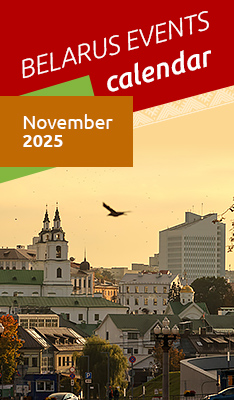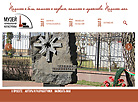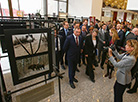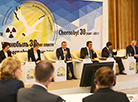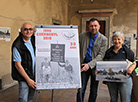The 30th anniversary of the Chernobyl nuclear power plant disaster
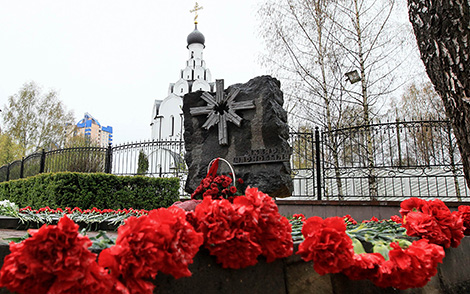
Today is 30 years since the day of the accident at the Chernobyl nuclear power plant. Due to its scale and consequences it was the largest man-caused catastrophe in the history of the 20th century. It was a tragedy for hundreds of thousands of people – people, who died, people, whose friends and relatives died, people, whose health deteriorated, and people, who were forced to evacuate. The catastrophe taught a dreadful and merciless safety lesson that the world will surely remember.
The explosion and the massive release of radioactive materials into the atmosphere happened in direct proximity to Belarus’ southern border, leaving 23% of the country’s territory or over 2,700 populated localities polluted with radiation in 1986.
The Chernobyl catastrophe introduced a special meaning of the words "radiation", "exclusion zone", "evacuation zone", "cleanup workers", "Chernobyl victims" into the life of Belarusians… It was in Belarus where the Polesie State Radiation and Ecology Reserve (the world’s only reserve of the kind) was established in 1988. The reserve comprises extremely polluted areas of Khoiniki District, Narovlya District, and Bragin District of Gomel Oblast. Specialists expect that the area will remain unavailable for living and economic applications for a long time. Today only environment monitoring projects and experimental environment rehabilitation projects are carried out over there.
In the decades after the Chernobyl nuclear power plant accident Belarus has acquired colossal experience. The time also gave an incentive to take a closer look at nuclear safety problems, to research the influence of radiation on health, and to develop better healthcare methods in addition to finding rational ways to reclaim the lost lands.
A decision to rehabilitate the affected lands was a responsible one which the state adopted and consistently implemented despite many difficulties: four state programs worth more than $19 billion were carried out from 1991 to 2010. The priority of the state program to mitigate the impact of the catastrophe at the Chernobyl NPP designed to run in 2011-2015 and for the period until 2020 is to ensure the transition from the rehabilitation of the affected areas to their sustainable social and economic development.
A lot of landmark events have taken place in the post-Chernobyl history. In 1999 a large-scale project to extend gas supply was launched in Polesie; projects to revive and use natural resources was started in 2001; the National Research Center of Radiation Medicine and Human Ecology was inaugurated in Gomel in 2003… All areas of work are supervised by the head of state. The President of Belarus makes regular working trips to the affected regions. A trip on 26 April, on the day of the tragedy, has become a tradition. The agenda of the trip covers all issues from challenges to achievements, meetings with local residents and the adoption of specific decisions.
Many large international projects have been implemented in Belarus along with state programs to overcome the Chernobyl legacy. Belarus is engaged in multilateral discussions to solve the Chernobyl-related problems and prevent similar disasters in the future.
30 years on, Belarus conducts hundreds of events to commemorate the events of 26 April 1986...


